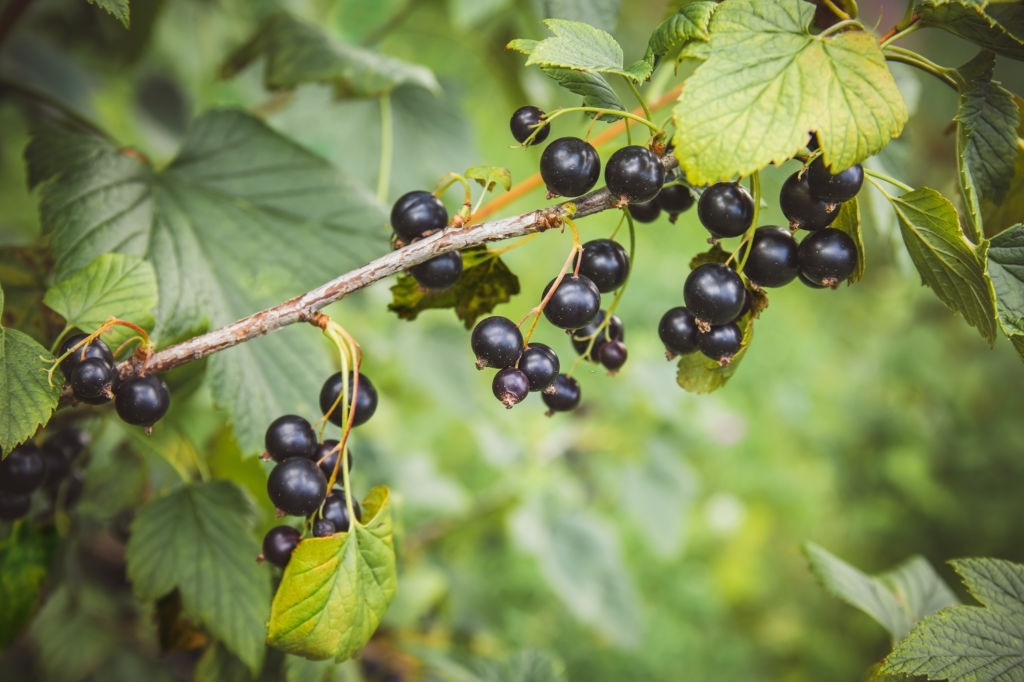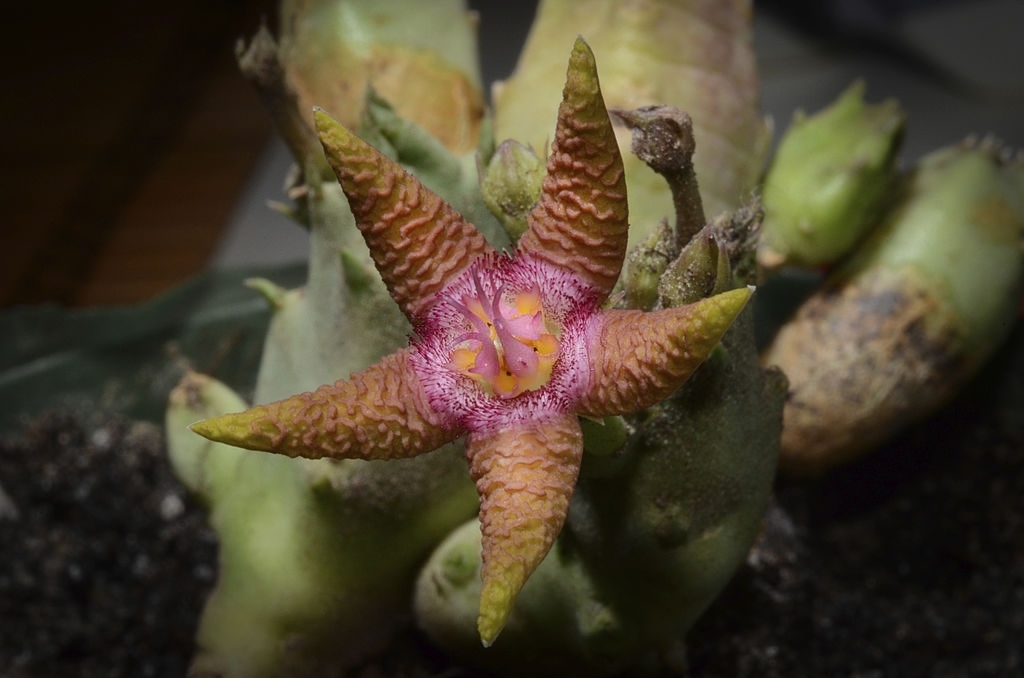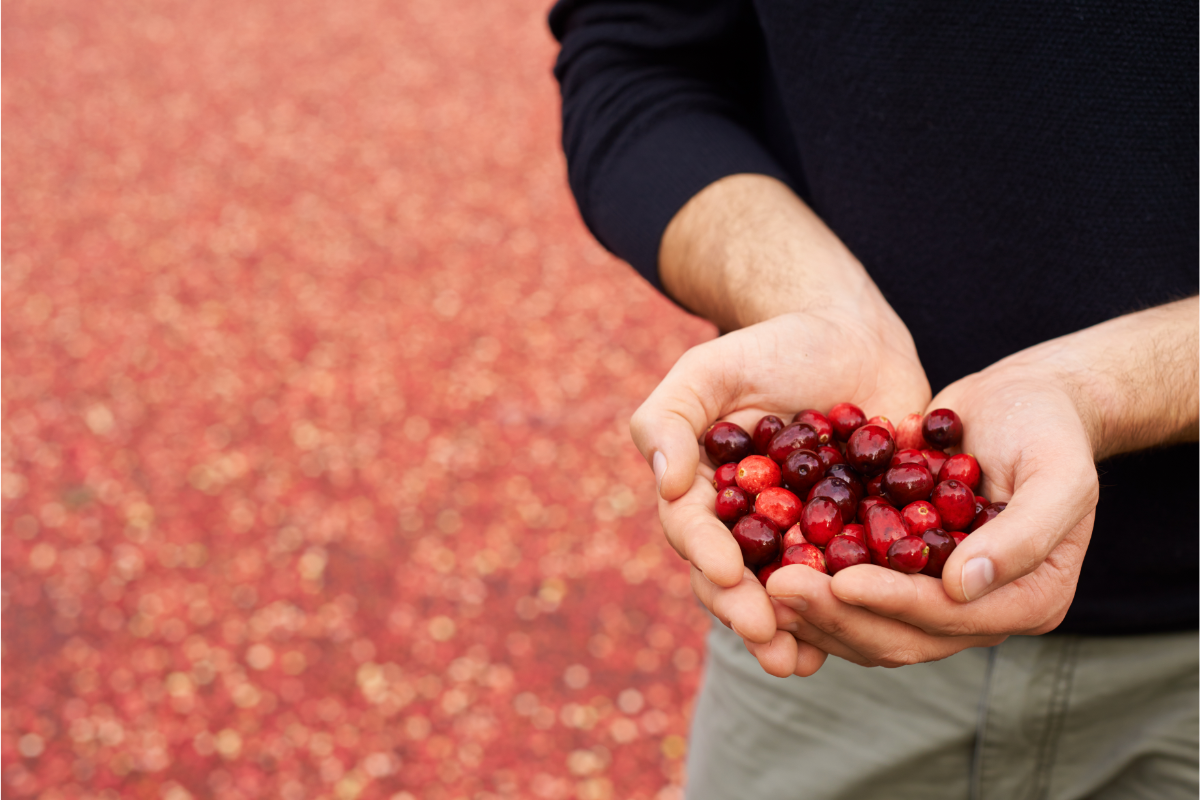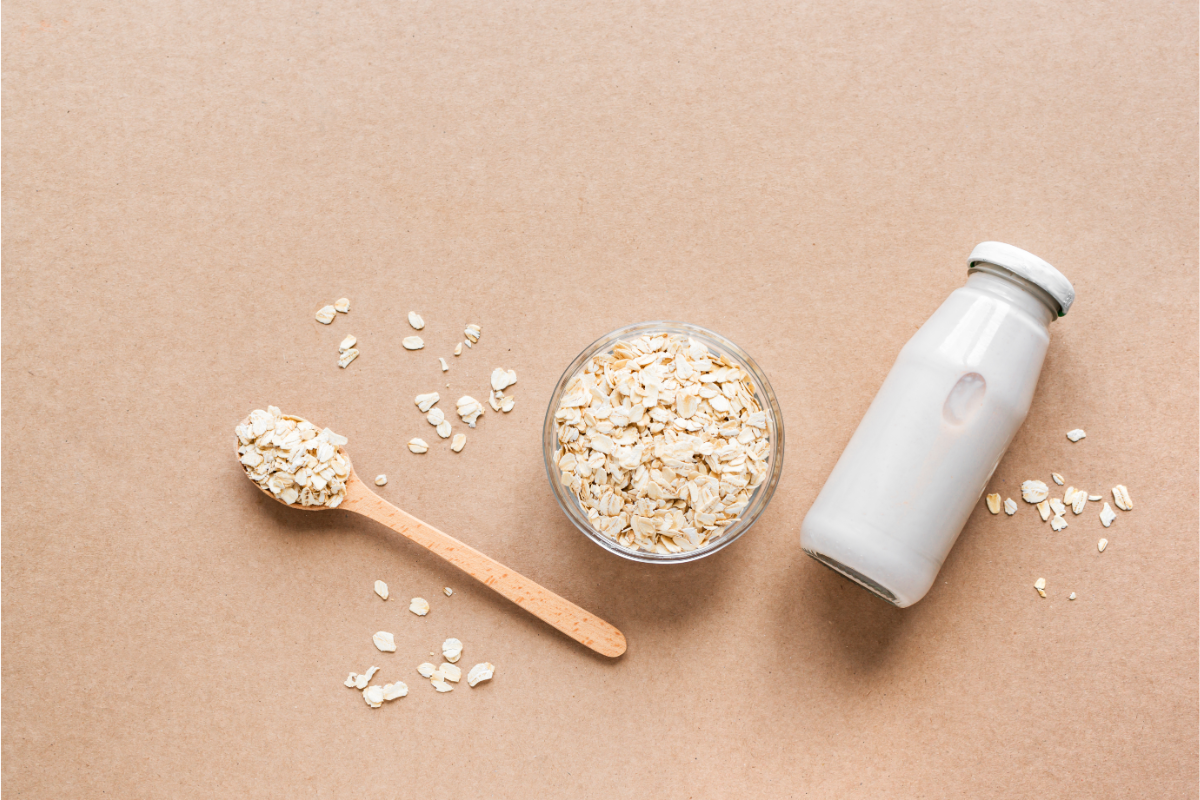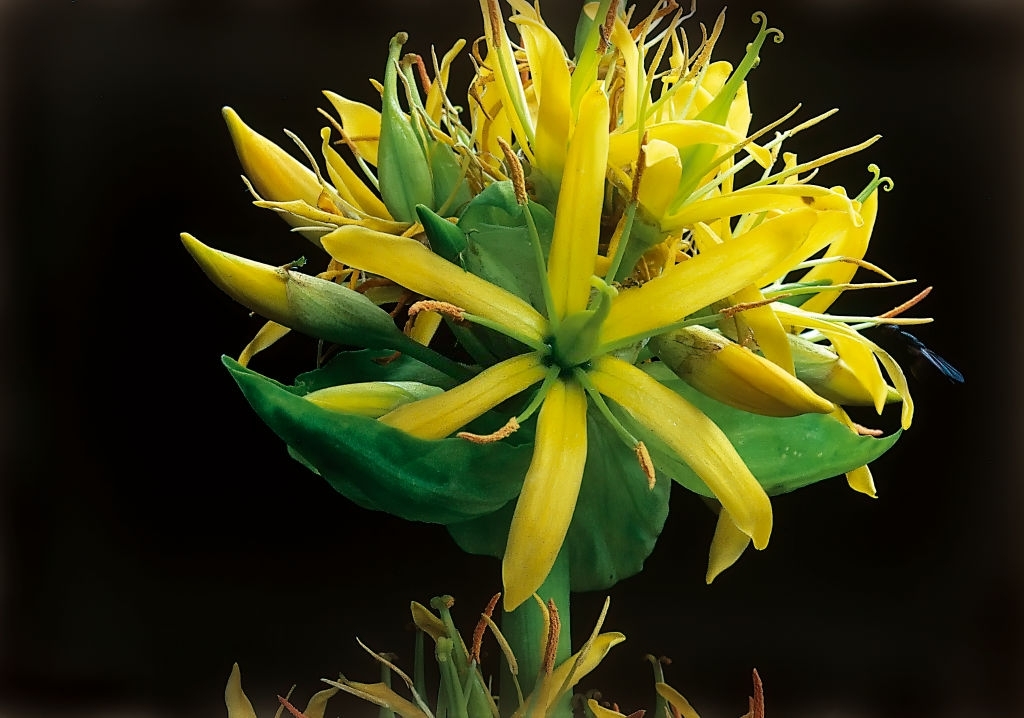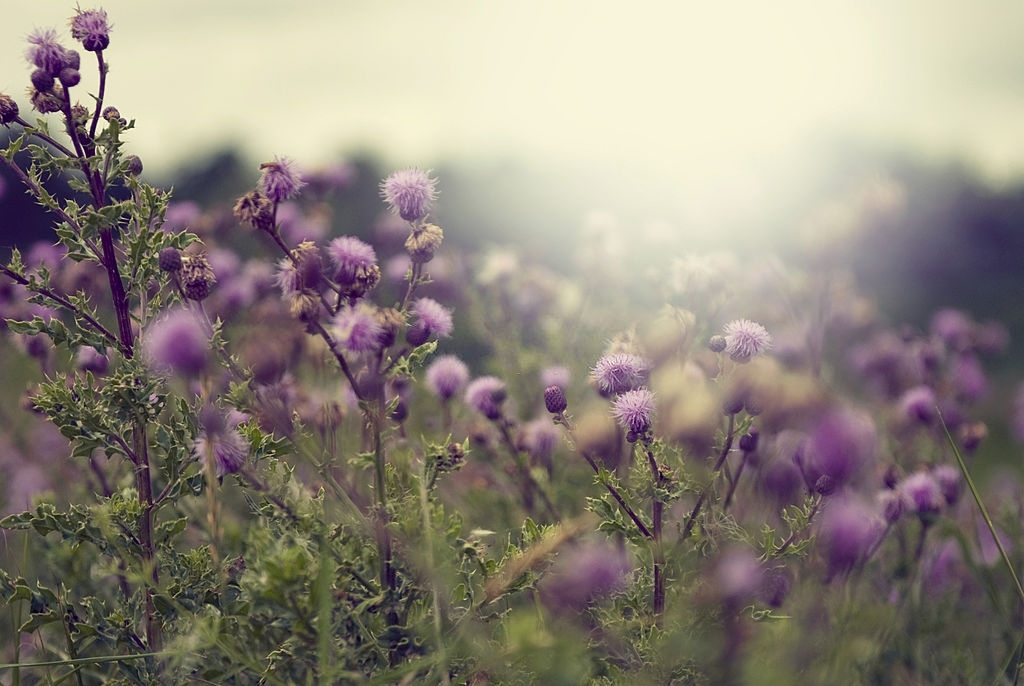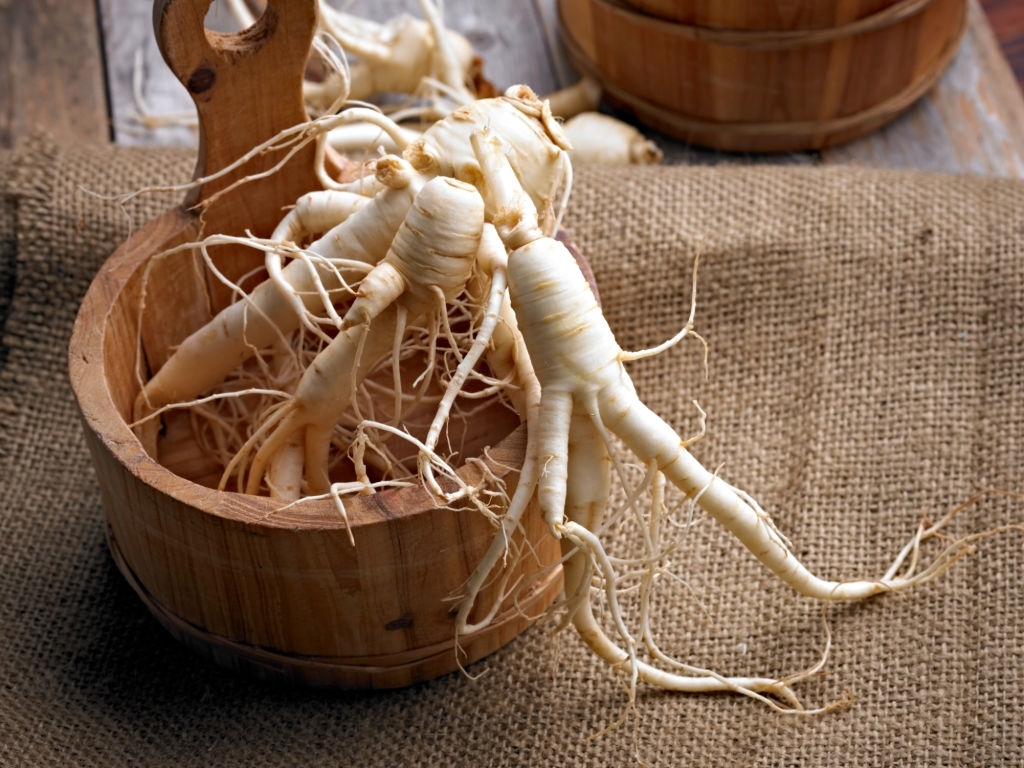Turmeric, a prodigious root with many benefits
A medical material, a tinctorial plant but also a spice, turmeric has provided its benefits to men for 3,000 years . This perennial plant, some specimens of which nowadays adorn florists’ shops, is best known for its underground parts which, like ginger, are in fact made up of rhizomes. A little history Turmeric has been known to the … Read more


